Have you ever wondered if your dog would dash to you no matter what—or do you worry they’ll ignore your call when it matters most? Training your dog to come when called isn’t just about obedience, it’s about safety, trust, and freedom. Reliable recall is one of the most rewarding skills your good boy (or girl!) will ever learn. And it’s absolutely within reach—no matter your dog’s age, breed, or background. Let’s dive into proven techniques that make recall fun and easy for both pets and their people.
Curious Why ‘How Do I Train My Dog to Come When Called?’ Is Every Owner’s Biggest Challenge?
If you've ever found yourself at the dog park or in your backyard calling your dog, only to be ignored in favor of something more exciting—you're not alone. Recall training, or teaching your dog to come when called, is often cited as the biggest challenge for dog owners . This isn’t just because dogs are quite smart , but because the world is full of distractions and enticing smells that compete with your voice. The key is understanding how to become your dog’s favorite thing every time you call!
Owners frequently wonder, “ How do I train my dog to come when called? ” because it’s an important thing for both everyday fun and urgent situations. You want your dog to have off-leash freedom, but only if you can trust they’ll come back at the first cue. Luckily, recall training is science-based and can be broken down into simple, actionable steps—no matter your pup’s age or personality.
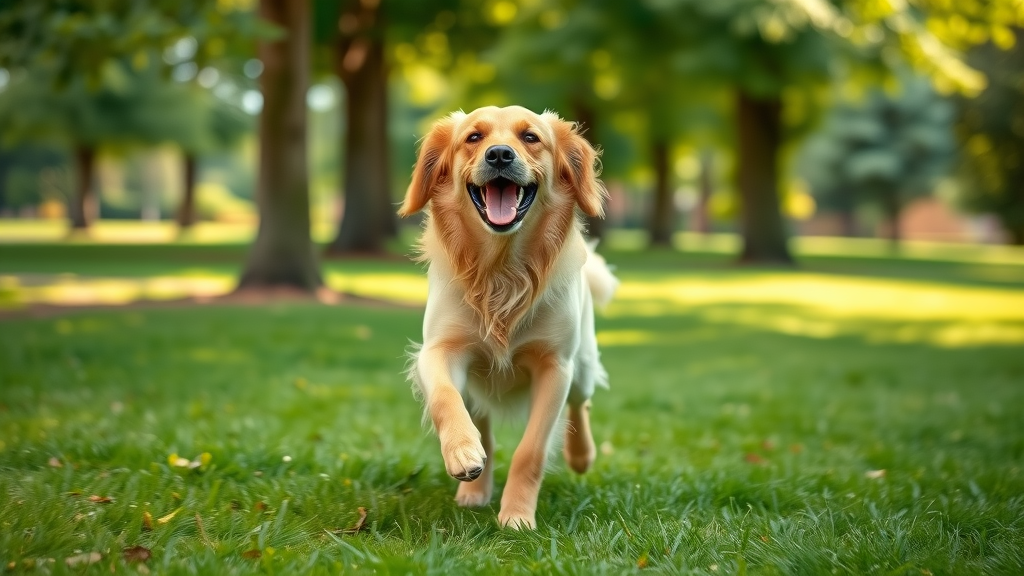
Everything You’ll Learn About How Do I Train My Dog to Come When Called?
- The science behind effective dog training for recall
- Practical tips for teaching your dog to come every time
- How to set up powerful recall training sessions
- Steps for building a reliable recall in any environment
- Do’s and don’ts for recall training from pro dog trainers
- Troubleshooting challenges: When your dog ignores the recall
- Motivation and reward strategies to give your dog the best learning experience
Understanding the Basics: Why ‘How Do I Train My Dog to Come When Called?’ Matters
Knowing how to teach your dog to come when you call your dog isn’t just about getting them to obey. It’s about creating safety and trust so your pup can thrive—whether you’re visiting a new dog park or walking a busy street. Imagine the important thing that happens if your dog darts toward a car or chases a squirrel; having a truly reliable recall can be lifesaving. Dog trainers emphasize that a “ recall cue ” could be the ultimate command that all pet owners should master.
The question, “ How do I train my dog to come when called? ” matters because the majority of rescue organizations and shelters identify bad behavior due to inadequate recall as a key factor in dogs being surrendered. With simple, consistent training sessions and the right strategies, you can completely change your dog’s response —and give them more freedom to enjoy life by your side.
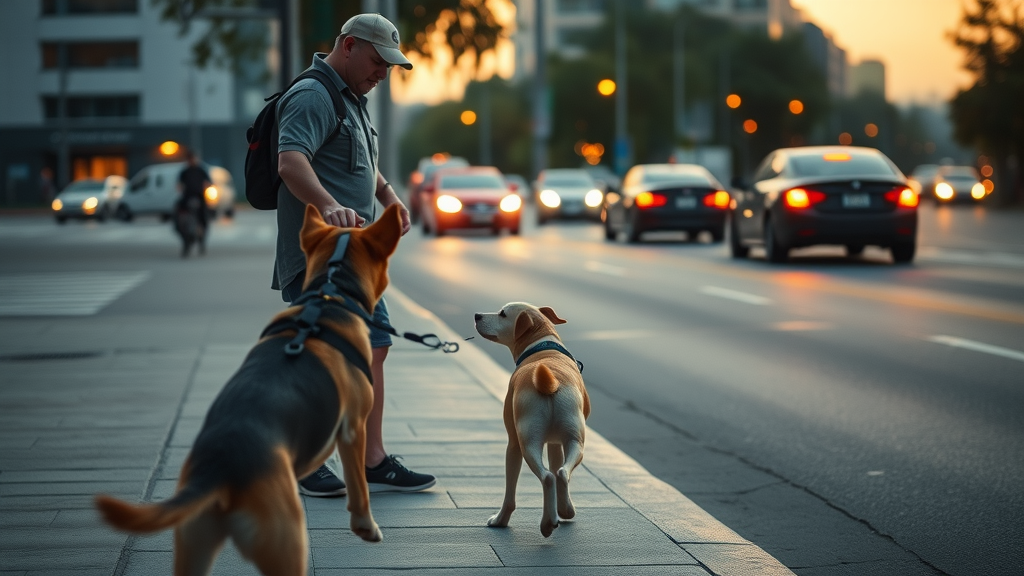
What Is Reliable Recall in Dog Training?
Reliable recall means that when you call your dog , they stop what they’re doing and come running—no matter the distractions, environment, or what other dogs are quite smart are doing nearby. It’s not just hoping your dog will respond; it’s knowing they will . Achieving reliable recall requires consistency, positive reinforcement, and carefully structured training sessions .
By introducing a special recall cue (like “come!” or “here!”) and always rewarding your dog with tasty treats, praise, or a belly rub, you’re making the act of coming to you the best part of their day. Over time, your dog should realize that answering the recall is more fun and rewarding than anything else happening around them.
"A perfect recall can be the difference between life and death for a dog with strong prey drive." – Expert Dog Trainer
Step-by-Step Guide: How Do I Train My Dog to Come When Called?
Let’s break down recall training into 5 simple, science-backed steps. Whether you’re working with a puppy, a rescue dog, or a seasoned adult, these steps will help you teach your dog a solid recall that stands up to real-life distractions. Remember: consistency is key, and patience pays off!
Start in a training session free from distractions—like your living room or a quiet backyard. Use a long leash (or long line) for safety at first, and always arm yourself with high-value tasty treats . As your dog and how long you practice, you’ll see improvements—not overnight, but with steady, enthusiastic effort.
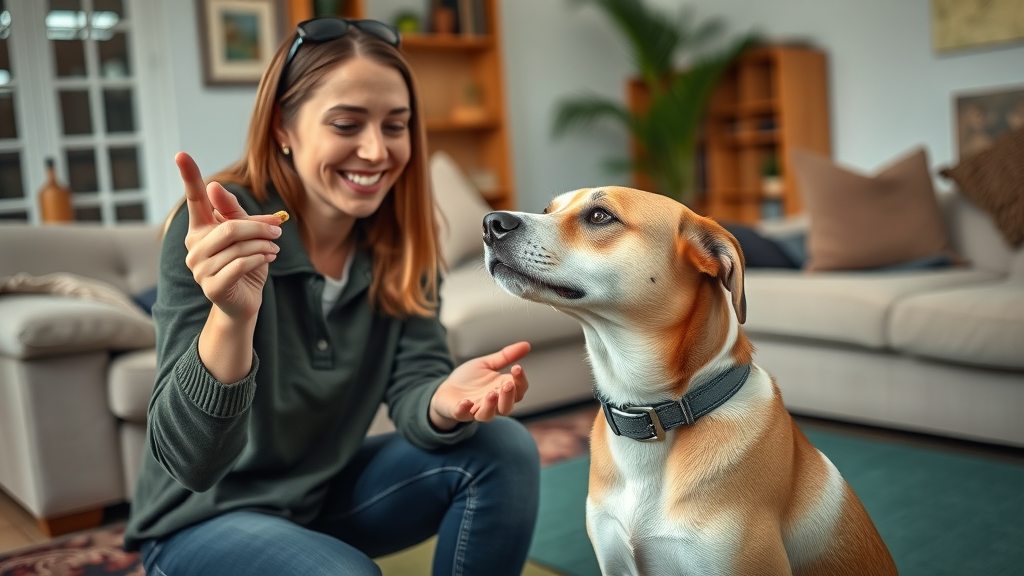
- Choose a Recall Word: Consistency is key in dog training . Pick a unique word or phrase (like " come " or " here ") used exclusively for recall training. Avoid words you use in other contexts to prevent confusion.
- Motivate and Reward: Give your dog high-value treats or enthusiastic praise each time they respond correctly to your recall. Dogs love rewards like a belly rub , a favorite toy, or just being told "good boy" or "good girl!"
- Start with Short Distances: Begin training in a small, distraction-free space. Call your dog from just a few steps away and reward them the moment they reach you. Gradually increase the distance as they improve.
- Practice Around Distractions: Slowly introduce distractions—like toys, other animals, or the doorbell—to make sure your dog remains focused. Practice recall at the dog park with a long line as your pup gets more reliable.
- Generalize the Behavior: Dogs learn best when they experience recall in many environments. Practice in different rooms, backyards, parks, and anywhere you and your dog adventure together!
Tips from Professional Dog Trainers: Teaching Your Dog a Reliable Recall
Professional dog trainers know that building an unbreakable recall is about more than just repeating the recall cue . It’s about creating positive experiences every time your pet comes to you. Trust is built with every successful recall, and positive reinforcement is always more effective than force or punishment.
Experts suggest involving the whole family in training sessions and making each thing interesting for the dog. Consider using games, an excited voice, and surprise rewards to keep your pet’s attention. Rotate between a tasty treat , laughter, or a quick play as a reward so your dog never knows what fun is waiting when they run to you!
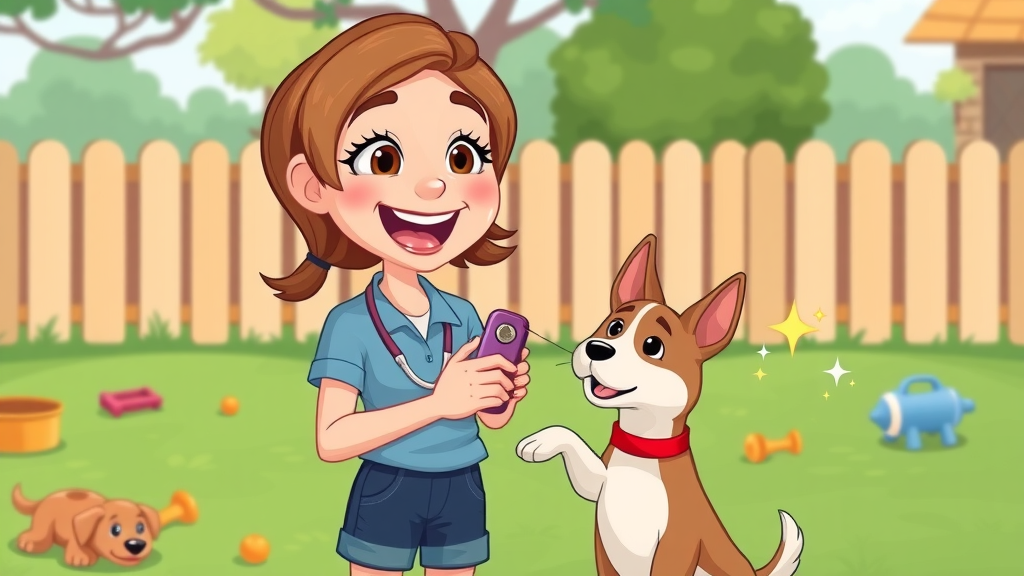
- Never punish your dog for coming to you, even if they were slow.
- Use positive reinforcement for every successful recall.
- Involve the whole family in recall practice for consistency.
- Keep sessions short and always finish on a positive note.
"Training recall is about building trust. Make coming to you the best part of your dog’s day!" – Certified Dog Trainer
Video Tutorial: How Do I Train My Dog to Come When Called?
Watch our step-by-step video tutorial to see real-life recall training in action. Learn how to use a recall cue , distribute rewards, and gradually amp up distractions for guaranteed results!
How Does Recall Training Fit into Broader Dog Training?
Recall training doesn’t exist in a vacuum—it’s part of a comprehensive dog training plan that includes obedience, impulse control, and socialization. Many owners find that a foundation of basic manners (like sit or stay) makes advanced reliable recall much easier to achieve.
Different recall commands serve unique purposes. Some trainers use “come” for everyday situations and “here” or “front” for precision around distractions or in competitions. Understanding your dog and how long they take to learn each word is crucial because every pup works differently.
Comparing Recall Commands: Which Works Best?
| Use Case | Difficulty | Recall Word |
|---|---|---|
| General Recall | Easy | Come |
| Formal Training | Medium | Here |
| Competition/Obedience | Advanced | Front |
Common Mistakes to Avoid in How Do I Train My Dog to Come When Called?
Even the most loving dog owners can unknowingly sabotage their efforts. For example, if you only call your dog to end playtime, your pup may associate “come” with fun stopping—and become less likely to respond. Repeating the recall cue numerous times teaches your dog that it’s okay to wait. And never use negative reinforcement; your dog should realise that coming to you is always a good experience.
Training a reliable recall requires making every recall count. If you expect perfect recall without practice or try to rush the process, you might just set your dog up for frustration—or teach them that ignoring you is an option. Be persistent, celebrate every small success, and remember: reward beats reprimand every time.
- Calling your dog only to end playtime
- Repeating the recall cue multiple times
- Using negative reinforcement or punishment
- Expecting perfect recall too soon or without practice

Perfect Recall for Different Breeds and Energy Levels
Not all breeds and personalities are alike when it comes to recall training . Some dogs are naturally more focused and eager to please, while others are independent or highly energetic. Rescue dogs, for instance, may require extra patience and time and training to develop trust and motivation. Dog trainers recommend tailoring your approach and expectations depending on your dog’s energy level and history.
For high-energy breeds or pets who are easily distracted by the world around them, extra exercise before a training session can work wonders. For others, switching up training rewards —using the best treats, favorite toys, or even a brief run—can keep things interesting and boost your results.
Tips for High-Energy or Easily Distracted Dogs
- Give your dog more exercise before recall sessions.
- Use even higher value rewards for dogs with short attention spans.

Video Breakdown: Real-Life Recall Training Success Stories
Sometimes, seeing is believing! Check out our highlight reel featuring real pet families mastering recall—regardless of breed or background. Watch as each dog trainer demonstrates overcoming common obstacles, and get inspired by their creative reward strategies for the perfect recall . If a rescue dog from a shelter can do it, yours can too!
Discover how dogs of all sizes learn to run joyfully back to their owners, even around distractions. Notice how trainers use excited body language, play, and different recall cues to keep each training session upbeat and effective.

Reward Systems for Motivating Reliable Recall in Dog Training
Dogs love variety! Mix up your reward system to keep your dog’s interest—classic treats, new toys, and a shower of enthusiastic praise can work wonders. Your dog should realise that coming to you could mean anything from a tasty treat to a favorite game or a special belly rub. Rotate rewards so your pet learns the most interesting things happen when they answer the call.
Many dog trainers suggest using a jackpot reward (giving several treats at once) when your dog nails a particularly difficult recall. Over time, mix easy and harder practice sessions so your dog never knows what fun might be in store for their good behavior .
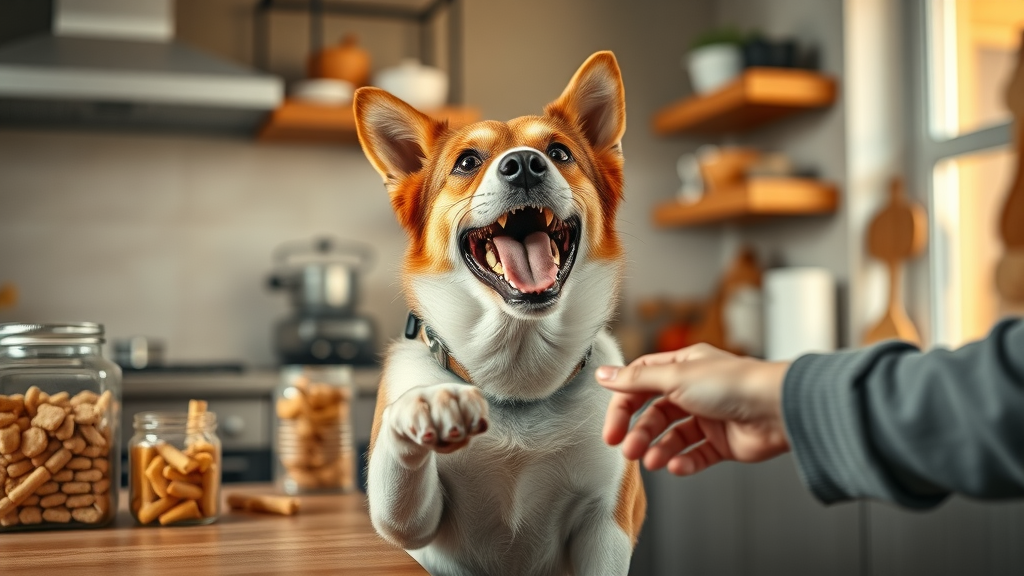
Troubleshooting: What to Do When Your Dog Doesn’t Come When Called
Struggling with an easily distracted pup? Recall training isn’t always smooth—but it’s never too late to improve! If your dog ignores your recall cue or runs toward distractions, it may be time to take a step back. Practice in a quiet space, use a long leash for safety, and make sure your rewards are exciting enough to grab attention.
Dogs are smart and they recognize when you’re getting frustrated, so keep sessions brief, positive, and end on a win. It’s normal for progress to come in waves—some dogs work differently and need more time and training. Consider logging your progress in a notebook or video clips to see improvement over time!

Advanced Recall Training: From Basics to Perfect Recall
Ready to go beyond the basics? Try advanced recall techniques that reinforce your dog’s new skills in the real world. A long line (or long leash) allows safe off-leash practice in open areas, and recall games like “hide and seek” teach your four-legged friend that finding you always means fun. Use your recall cue in everyday situations—on hikes, at the dog park , and during playdates—to help your dog generalize perfect recall everywhere.
Always keep things upbeat and vary the rewards. Remember: the best dog trainers never stop practicing, and neither should you!
- Long-line training for off-leash practice
- Incorporating recall games for stronger responses
- Using recall in real-world, off-leash scenarios
People Also Ask: Answering Common Queries on How Do I Train My Dog to Come When Called?
What to do when your dog doesn't come when called?
If your dog ignores your recall cue , stay calm—avoid frustration or chasing them. Instead, use a happy voice, kneel down, and tempt your dog with a tasty treat , toy, or playful movement. Immediately reward even partial progress. Return to basics with shorter distances and fewer distractions, and practice training sessions daily to rebuild their positive association with recall.
How to teach a dog to come when you call?
Pick a unique word for your recall cue and teach your dog that hearing this word always means amazing rewards are coming. Practice first in a calm environment, using a long leash for safety. Lavishly reward every successful return—praise, treats, and play matter. Gradually add distractions and increase the distance as your dog becomes more reliable.
How to stop a dog from running away when called?
If your dog runs away instead of coming, never punish them when they finally return. Practice using a long line for controlled freedom, and make sure your recall training rewards are higher value than any distraction. Keep training sessions short, frequent, and positive to break the habit of ignoring the call.
How do you fix a dog that ignores the recall?
Start over with low-distraction practice, reinforce every small success, and avoid repeating the recall cue multiple times. If needed, consult a professional dog trainer for a personalized plan—sometimes, stubborn cases benefit from another perspective or a new reward system!
Video Recap: 5 Steps to Teach Your Dog to Come When Called
Prefer a quick refresher? Our video summary delivers the essential 5 recall steps —watch, pause, and practice along with your dog for instant results!
Frequently Asked Questions About How Do I Train My Dog to Come When Called?
-
When should I start recall training my puppy?
Begin as early as 8 weeks old! Puppies learn best during short, fun training sessions using gentle encouragement and top-tier treats. -
Can older dogs learn reliable recall?
Yes! It may take longer, but adult and even senior dogs can achieve perfect recall through patience, positive reinforcement, and consistent practice. -
What are the best treats for recall training?
Use high-value rewards your dog loves —tiny hot dog pieces, cheese, or commercial training treats. Rotate so your pet stays interested. -
How can I use play as a recall reward?
Toss a favorite toy, start a quick chase, or play tug as a jackpot reward after a good recall. Some dogs love play even more than food! -
Is hiring a dog trainer necessary for recall problems?
While most dog owners can achieve reliable recall with patience and research, stubborn cases or rescue dogs may benefit from personalized guidance with a pro dog trainer .
Key Points for Success: Achieving Reliable Recall When You Call Your Dog
- Use consistent cues and positive reinforcement.
- Make recall the most rewarding behavior.
- Keep training sessions enjoyable and short.
- Gradually increase distractions and distance.
Achieve the Ultimate Recall: Transform Your Dog’s Response Every Time You Call
Start today! With daily practice, high-value rewards, and positive vibes, your dog’s recall will become bulletproof. Give your good dog the freedom they deserve—and gain peace of mind for every adventure.
Training your dog to come when called is essential for their safety and your peace of mind. To enhance your understanding and provide additional strategies, consider exploring the following resources:
-
The RSPCA’s guide, Train Your Dog To Come When Called , offers a six-step approach to teaching recall, emphasizing positive reinforcement and gradual introduction of distractions.
-
Purina’s article, Dog Training: How to Teach a Dog to Come When Called , provides a detailed, step-by-step method for recall training, including the use of treats and clickers to reinforce positive behavior.
These resources offer practical advice and techniques to help you successfully train your dog to respond reliably when called.
 Add Row
Add Row  Add
Add 

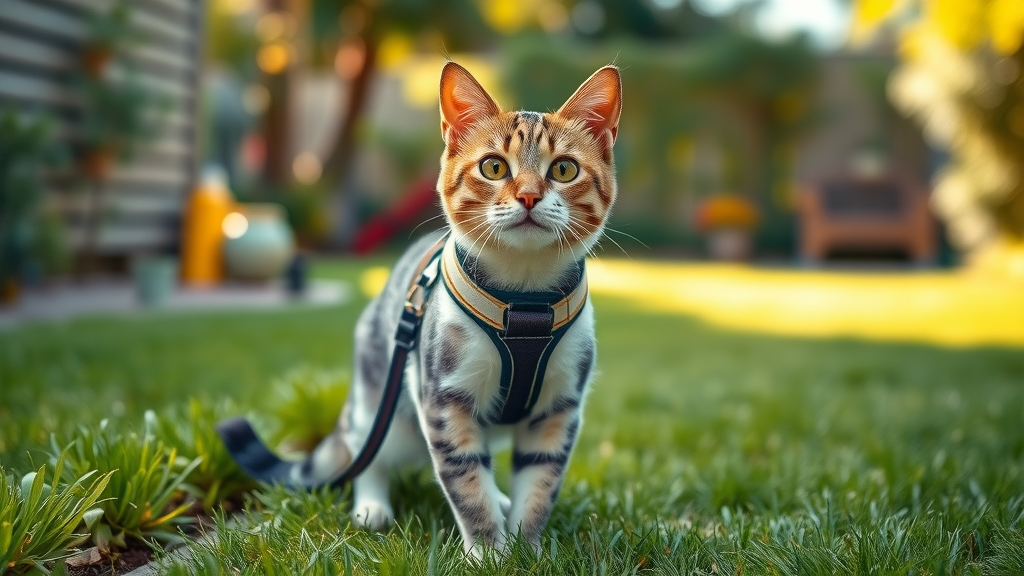


Write A Comment